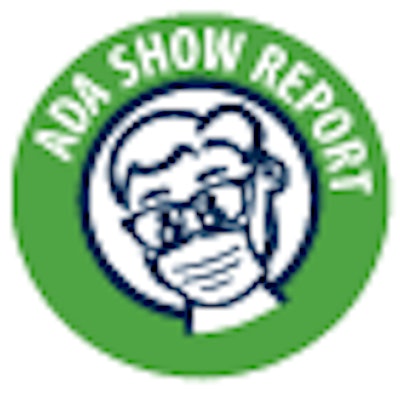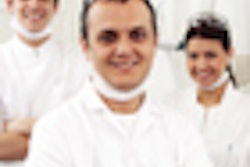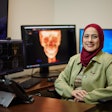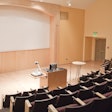
Public health dentistry is one of nine specialties currently recognized by the ADA.
And amid the long list of resolutions scheduled to be considered by the House of Delegates attending the ADA Annual Session this week in San Francisco, some public health dentists say a threat is lurking: Resolution 17.
If passed, leaders of the American Association of Public Health Dentistry (AAPHD) say the resolution could prevent their organization from continuing to sponsor the board that certifies their specialty.
The new rule would penalize AAPHD for the diversity of its membership, they say -- a diversity they see as intrinsic to the practice of public health dentistry.
president-elect, AAPHD
"Dental public health, by definition, is 'the science and art of preventing and controlling dental disease and promoting dental health through organized community efforts,' " AAPHD leaders wrote to the ADA Board of Trustees during the summer. "Organized community efforts require dental public health professionals to reach beyond the practice of clinical dentistry and engage other experts in the fields of medicine, social science, and public health."
But Resolution 17 moved forward anyway.
It calls for a review by the ADA's Council on Dental Education and Licensing of the "criteria and process for the recognition of specialty sponsoring organizations." And it asserts that the privilege of voting and holding office in the specialty's sponsoring organization should be reserved for dentists who have completed accredited and approved educational programs for that specialty.
Officials at the ADA declined to discuss the matter.
"We can't comment about any resolution to be presented to the House of Delegates," a spokesperson said.
Dental therapist support a factor?
But AAPHD leaders have had plenty to say. They see their organization's long tradition of allowing nondentists to join and also serve in leadership positions as an important part of their approach to their work.
"The specialty of dental public health is unique. The population is our patient," said Myron Allukian Jr., DDS, MPH, a past AAPHD president. "We use a multidisciplinary approach."
Catherine Hayes, DMD, DMSc, president-elect of the AAPHD, agreed.
"AAPHD is reflective of the specialty. The specialty of dental public health is by nature, a broad specialty," she said.
The group has more than 870 members, a majority of them dentists. However, only board-certified public health dentists are allowed to vote on matters pertaining to the specialty's national certifying board, the American Board of Dental Public Health, according to Dr. Hayes.
An AAPHD member who did not want to be named suggested that Resolution 17 could be seen as a rebuke against the organization's publication of a series of papers highlighting proposed curriculum guidelines for the training of dental therapists (Journal of Public Health Dentistry, Spring 2011, Vol. 71:suppl s2, pp. S3-S8). That workforce model has the potential to extend needed care to underserved populations, the AAPDH has said. But the model is strongly opposed by the ADA, which asserts that only dentists should be permitted to perform irreversible procedures such as fillings and extractions.
Dr. Allukian sees Resolution 17 more broadly, as a reaction by organized dentistry to nondentists at a time when the profession is under pressure to expand access to services.
"States are changing their dental practice acts to allow nondentists to provide care because the profession is not doing it," he said.
Dr. Hayes, herself a board-certified public health dentist, said she was mystified by Resolution 17 but intends to try to prevent any potential damage it might cause.
"We are hoping we can present an alternative resolution that would allow for more time to work together to overcome any lack of understanding of our specialty," she said.


















